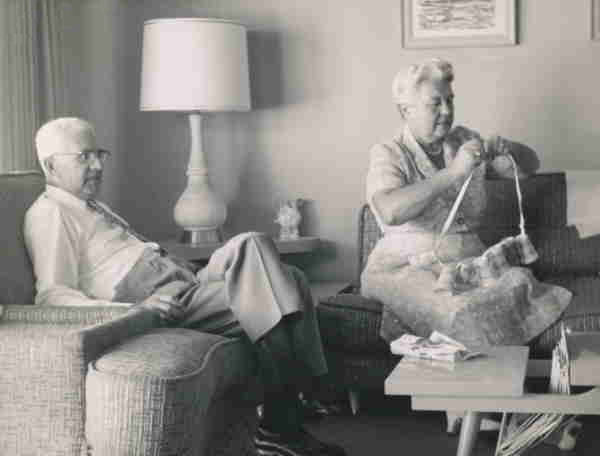


Let’s look at the under-earning divide between men and women first. Still, we can’t blame it all on the economy-certain demographics also play a role in under-earning. “When the supply of candidates was greater than the demand for work, organizations found themselves in a position of dominance,” says Roy Cohen, a career coach and author of “ The Wall Street Professional’s Survival Guide.” “That sense of corporate entitlement still exists, with many companies only granting a pay bump every two or three years.”

If you’re wondering how so many people ended up with depressed paychecks, you can (partially) blame the Great Recession. Sluggish Salaries: Who Are Today’s Under-earners? There are serious financial and even career consequences to bringing home less than your fair share of the bacon. But here’s the silver lining: It is possible to reverse course … if you make a change today. Sound familiar? Then consider this informational primer your official wake-up call! According to a 2014 Glassdoor survey, 39% of Americans believe they’re earning less than they deserve. Many can probably relate to Martin’s pain. The words stung as the truth sank in: Martin was making $40,000-more than 20% less than the going rate of $49,000 to $62,000. “You’re crazy! Why would you accept a job that paid so little, especially considering everything you’ve accomplished for them?” one exclaimed. Martin revealed her earnings-and her friends’ jaws hit the floor. Anastasia Martin,* a 24-year-old social media manager for a New York City college, will never forget the moment she realized that she was underpaid.Įarlier this year, she was chatting with colleagues who held the same position at neighboring schools when the subject of salary came up.


 0 kommentar(er)
0 kommentar(er)
